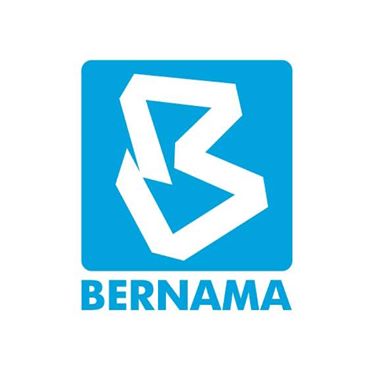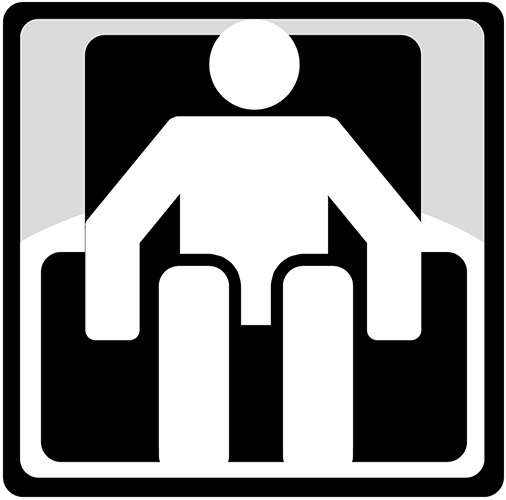Leprosy Outbreak in Negeri Sembilan: State Implements Quarantine Measures
1 day ago
Subscribe to our FREE Newsletter, or Telegram and WhatsApp channels for the latest stories and updates.
In response to a recent leprosy outbreak, Negeri Sembilan authorities have quarantined two Orang Asli villages, Kampung Chergun and Kampung Guntur, located in Kuala Pilah.
This action comes after the confirmation of nine leprosy cases within these communities, including the tragic death of an 18-year-old resident from Kampung Chergun, according to a report by The Star.
“The nine are five Orang Asli residents from Chergun and four from Guntur. One of the patients from Chergun namely Shynaiza Hamzah, 18, was confirmed dead at home after having a week-long fever, whereas the others have been quarantined in their respective homes,” he said after chairing an exco meeting at Wisma Negeri yesterday (19 February).
Further health screenings to be conductedThe Jeram Tengkek recreation center, situated nearby, has also been closed indefinitely to prevent further spread of the disease. Health officials are conducting comprehensive screenings and providing necessary medical assistance to the affected populations.
Negeri Sembilan Chief Minister Datuk Seri Aminuddin Harun has confirmed the implementation of quarantine protocols in the affected villages.
As of 22 January, approximately 65% of the residents have undergone health screenings. Further screenings are scheduled to ensure complete coverage, aiming to identify and treat any additional cases promptly.
“On 15 February, the health ministry conducted further screenings for those who had not yet undergone the screening, especially the residents of Kampung Orang Asli Chergun, while on 22 February, another screening will be held in the Kampung Orang Asli Guntur,” he said.
This localized outbreak occurs against a backdrop of increasing leprosy cases nationwide.
In 2023, Malaysia reported 256 new cases, a 40% rise from the 183 cases recorded in 2022.
Health Minister Datuk Seri Dr. Dzulkefly Ahmad attributes this surge to enhanced targeted case detection efforts, aligning with the World Health Organization’s goal of achieving zero local leprosy cases by 2030.
Sungai Buloh was a leprosy villageIn the almost forgotten annals of Malaysian history, the town of Sungai Buloh used to be a leprosy settlement in the 1930s as the infected were lumped there to be quarantined and treated.
The Sungai Buloh Leprosarium, located at the valley of Bukit Lagong, was completed in 1930 and became known as one of the most exceptional models in the liberation of leprosy institutions in the 20th century.
On top of this, the facility was also one of the key leprosy research centers in the world where some of its research, trials and experiments have greatly contributed to the treatment of the disease.
However, those with leprosy were also discriminated against as the disease brings about unsightly symptoms to the infected’s skin. Many were also afraid that the disease could be higly infectious, and steered clear of any who had it.
Lembah Harapan (Valley of Hope), which is what the Sungai Buloh leprosy settlement was also called, is said to be a place of misery as the stigmatised infectees were forced to live out the rest of their lives there with no contact with the rest of the world.
What is leprosy?Leprosy, also known as Hansen’s disease, is a chronic infectious disease caused by the bacterium Mycobacterium leprae. It mainly affects the skin, peripheral nerves, mucous membranes, and eyes.
If left untreated, it can cause severe disabilities, including nerve damage, loss of sensation, muscle weakness, and deformities.
How does leprosy spread? And what are the symptoms?Leprosy is not highly contagious and spreads through prolonged close contact with an infected person.
It is believed to be transmitted via droplets from the nose and mouth. However, most people have a natural immunity to the disease, meaning only a small percentage of those exposed will develop symptoms.
The symptoms include:
Is leprosy curable?Yes, according to the World Health Organisation (WHO), Leprosy is completely curable with Multidrug Therapy (MDT), a combination of antibiotics (dapsone, rifampicin, and clofazimine). Early treatment prevents complications and stops the disease from spreading.
Information on leprosy sourced from WHO and Centers for Disease Control (CDC).
Share your thoughts with us via TRP’s Facebook, Twitter, Instagram, or Threads.
...Read the fullstory
It's better on the More. News app
✅ It’s fast
✅ It’s easy to use
✅ It’s free









